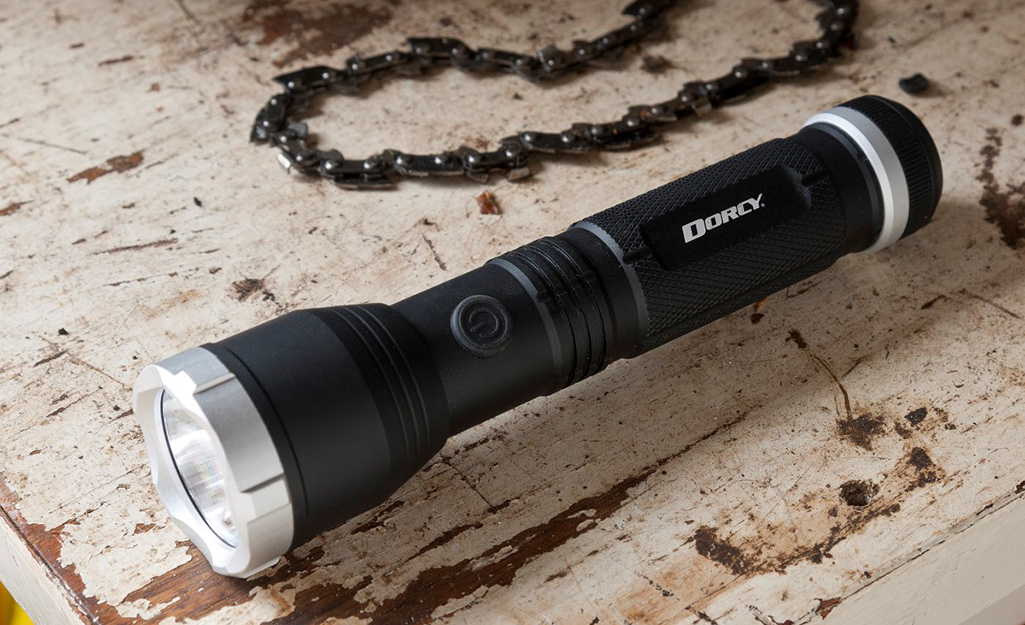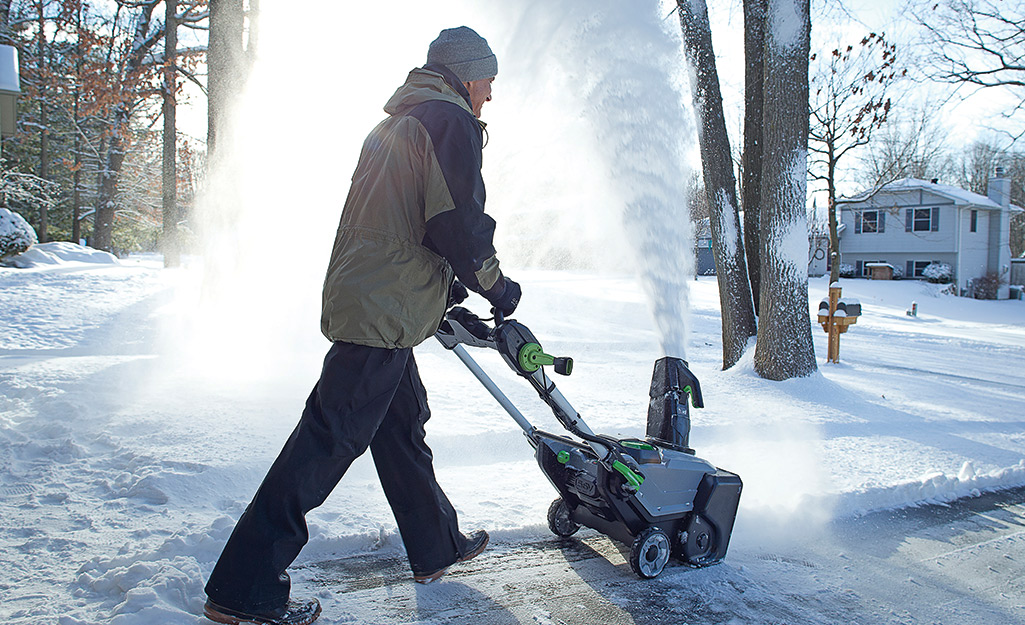Project Guide
Winterize Your House
Fresh snowfall can make your outdoor view a beautiful one, but feeling a cold draft through that window will quickly take all the fun out of it for most homeowners. This guide will explain how to winterize a house before the howling, icy winds arrive.
1. Maximize Your Heating Options

- Heavy snow and ice can accumulate on tree limbs and power lines, leading to power outages. To ensure you have heat when the power is out, make sure you have a non-electrical heating source in your home.
- There are a variety of heaters that use natural gas, kerosene, propane, wood and wood pellets (e.g. a wood stove) to generate heat. Generators can also be used to run electrical heat sources during power outages, such as a water heater. Hot water is a necessity, especially during winter storms.
- If you have a supply of firewood on hand, and are storing it outdoors, be sure to keep it at least 30 feet from your home and off the ground. A log rack will help keep wood dry and protect it from insects and other critters. When keeping firewood stored inside, always bring it in right before you plan to use it, to avoid pests.
2. Inspect Your Home's Exterior

- Check your roof to ensure your shingles are intact. Also, make sure your gutters and downspouts are free and clear of leaves and branches.
- Check any exterior steps and handrails for loose fittings, and remove any snow, ice or standing water that may freeze to help keep your family and visitors from slipping on walkways and driveways.
- If your home has a crawl space, you may also want to insulate it, and check for any damage from rodents or water.
3. Inspect Your Furnace and Filter

- Inspect your furnace for leaks and test for carbon monoxide. If your furnace is older, cracks can form and cause deadly poisonous gas to escape into your home. It is also recommended you invest in carbon monoxide detectors to monitor the air in your home.
- Replace the furnace filter to ensure efficiency and keep dust particles from penetrating the clean, heated air.
- To keep your home nice and toasty and to help curb high electric bills, install a programmable thermostat. Keep your heat settings lower while you are asleep and program it to raise just before you wake.
4. Keep the Warm Air Inside

- Use weatherstripping around doors and windows to plug drafts. Replace your door seals, door sweeps or thresholds to keep cold outside air from seeping into your home.
- For single-pane windows, a window insulation kit will increase window efficiency by up to 90 percent.
- Caulk around baseboards and crown moulding if any drafts are detected.
- Set your ceiling fans on the clockwise-directional setting as that direction forces warm air that gathers near the ceiling down into living spaces. Select the slowest speed – a higher one will create a cool breeze feeling on your skin.
- Make sure your attic and basements have enough insulation to help counteract heat loss. Consult an R-value chart to determine the appropriate amount for your region.
- Lastly, make sure your pipes are protected against freezing by adding pipe insulation covers. Frozen pipes can burst, wreaking havoc on your plumbing and causing water damage to your home.
5. Prepare for Emergencies

- Make sure you have a home emergency kit on hand as well as enough supplies to last for three days for each member of your household. Your emergency kit should include water in bottles or jugs, non-perishable food, flashlights, candles, batteries, matches, a battery-operated radio, blankets, prescriptions and over-the-counter medications.
- Don’t forget about the needs of your pets during this time. Make sure they have adequate shelter, preferably indoors, away from the wintry elements. Stock enough food and water to get them through the same amount of time you and your family will be required to endure.
- Should weather conditions keep you inside, a few fun activities will keep you from going stir-crazy. Playing cards, board games, arts and crafts and musical instruments can help pass the time.
6. Cleaning Up

- Once the bad weather has passed and it is safe to leave your home, make sure you have supplies and tools on hand to make digging out easier. Store some extra ice melt or rock salt in your garage or storage shed during the winter. Also, keep some extra gasoline on hand for your snow blower, and have a few snow shovels handy in case you need them.
- Also, stock your vehicles with auto emergency kits. They should include jumper cables, safety vests, fire extinguishers, flashlights, flares, light sticks and a first-aid kit. It’s always smart to keep an extra blanket, clothes, water and non-perishable food in your car, too, just in case you are stranded.
- Lastly, keep a tub of kitty litter in your vehicle in the winter to help gain tire traction, should you get stuck in the snow. Sprinkle some either in front of your front tires, if driving forward, or behind your rear tires, if backing out.
